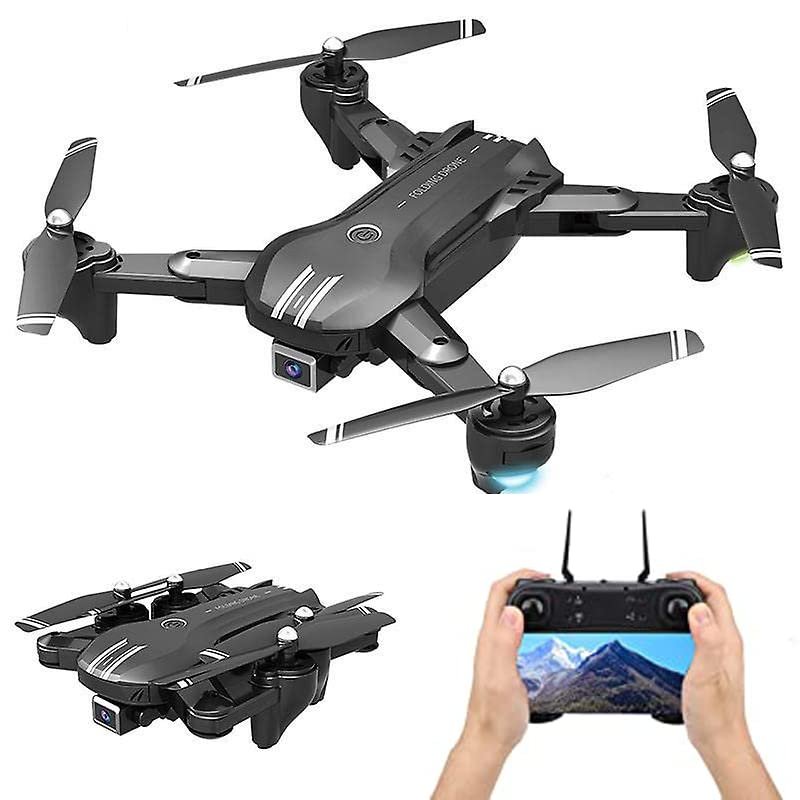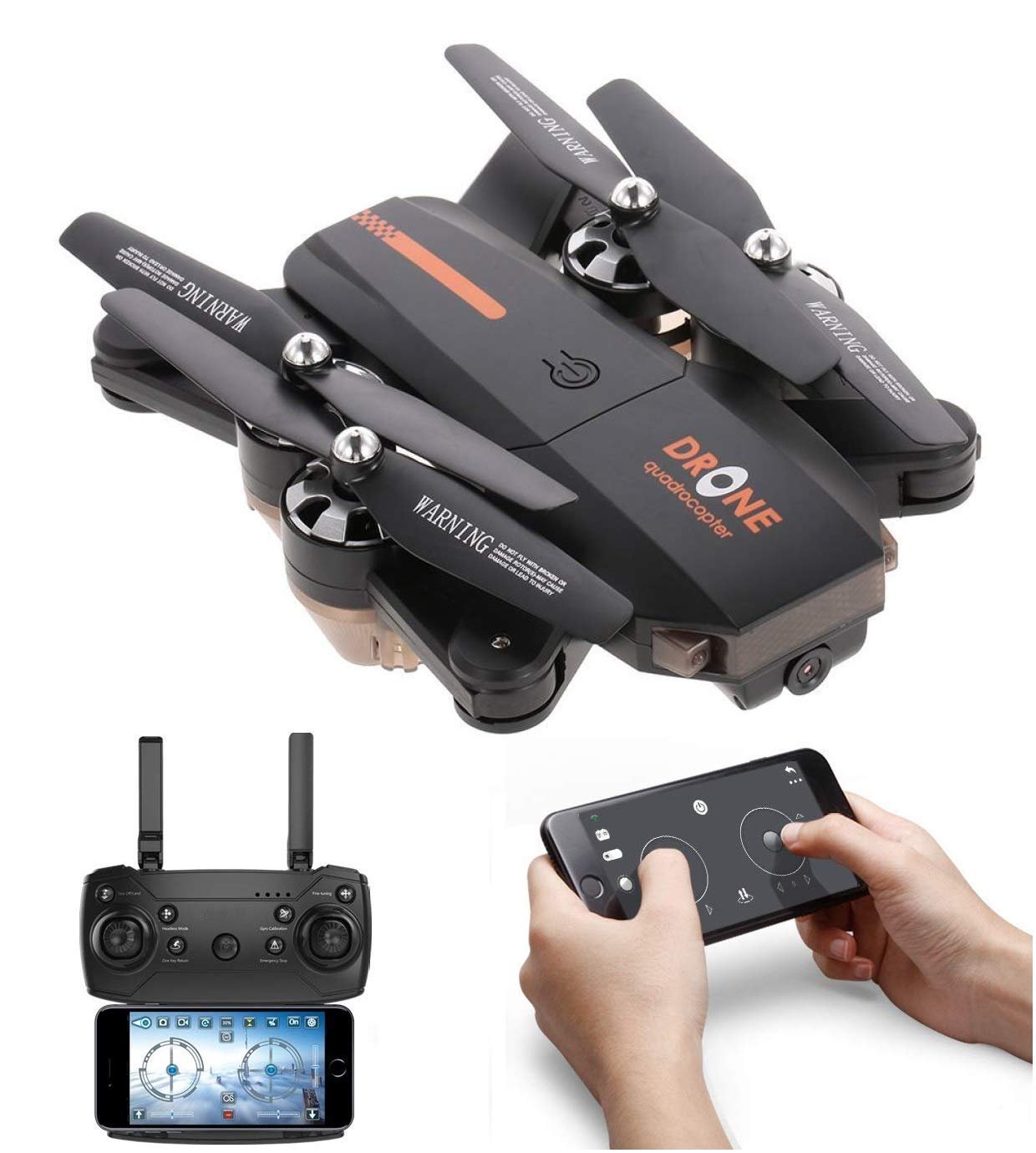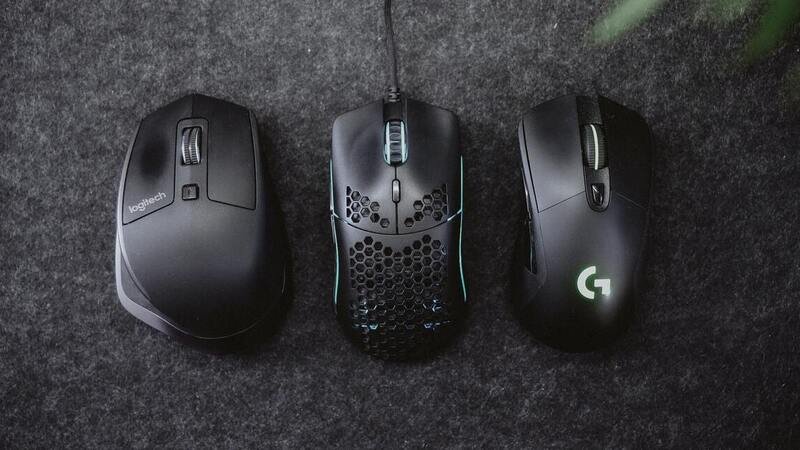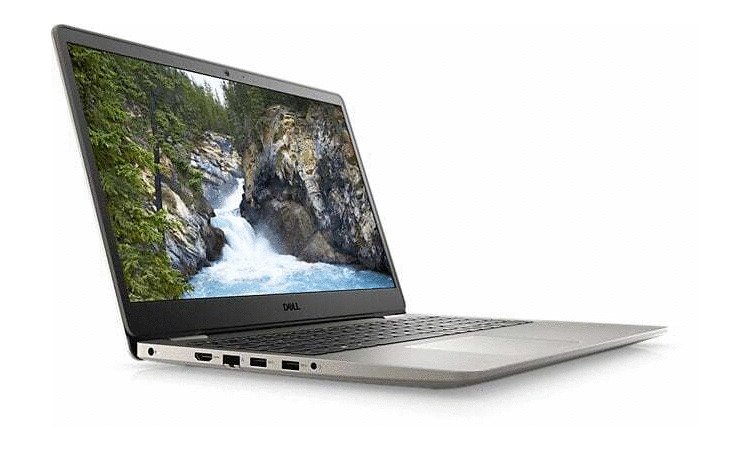Types of Drones – Unpiloted Aircrafts
A drone can either be controlled autonomously via a computer program or by a person on the ground. It can be as large as an aircraft or as small as palm-size. There are several types of drones and used for multiple purposes like war and military purposes, wildlife and atmospheric research, disaster relief and sports photography, emergency rescues, scientific research, personal affairs, etc.
It is also not much to say that drones have become the eyes and ears of scientists to track animal species and survey the ground for archaeological sites, crop damage, illegal hunting, and zipping inside hurricanes to study the wild storms. A drone has no human pilot onboard, thus also called Unmanned Aerial Vehicles (UAVs).
Our post will cover different types of drones, several innovative uses with examples of drones, developments in drone technology, and how these can impact our society, benefits, and limitations.
Popular Types of Drones
All the types of drones depend on the different operations handled by the military, scientists, kids, hobbyists, and companies. As far as tasks are concerned, drones have a never-ending range.
Some important and best-seller drones are single-rotor, multi-rotor, fixed-wing, fixed-wing hybrid, micro/small, tactical, large-combat, non-combat large, target, decoy, GPS, photography, and racers drones.
Let’s know more about them.
Also read: Dell Vostro Laptop
Single-Rotor Drones
If we talk about the most basic types of drones, these are none other than single-rotor drones. It employs only a single rotor besides the tail unit. It looks like a tiny helicopter, and it can be either gas or electric powered. The single blade enables its stability and flies for longer endurance. These unpiloted-aircrafts are helpful to transport heavier devices, including Light Detection & Ranging System, which are to map erosion caused by global warming, survey land, research storms, and heavy wind. It is sometimes more trustworthy than multi-rotor counterparts.
Here’s some best features of Single-Rotor Drones
- Have a single large rotor for lift and a smaller rotor for stabilization.
- Usually larger in size and have a longer flight time compared to multi-rotor drones.
- Can achieve higher speeds and altitudes.
- Require more skill to fly due to their complex control systems.
- Often used for professional aerial photography, videography, and heavy-lift applications.
Multi-Rotor Drones
While a single-rotor drone can maintain craft with only a single rotor, multi-rotor units have multiple rotors positioned at strategic points on the flight. That makes it easier to maintain its stability and keep hovering. “Filmmaking and surveillance team” uses this type of drone. Whenever it comes to different commercial drones, the additional rotors help craft to remain airborne. It also has a distinct benefit for “aerial photography” of its excellent control over the position and framing for shots.
Here’s some best features of Multi-Rotor drones
- Typically have four or more rotors arranged in a symmetrical pattern.
- Easy to fly and maneuver due to their stability and agility.
- Capable of hovering and flying in various directions.
- Commonly used for consumer, professional, racing, and aerial photography/videography purposes.
- Available in different sizes, from small toy drones to larger professional-grade models.
Fixed-Wing Drones
Unlike rotors, fixed-wing drones are more similar to controllable airplanes. Their wings provide vertical lift, and they don’t require enough energy to keep moving forward and make them long-range drones. Some of these are gas-powered and can remain in the air for more than 16 hours of continuous flight.
Since Fixed-wings drones are data-focused in design, they get used for “military and commercial purposes” like aerial mapping, inspection, agriculture, construction, security, and surveillance. They also can carry heavy loads and can fly at a high altitude.
Here’s some best features of Fixed-Wing Drones
- Resemble traditional airplanes with fixed wings and a propeller or jet engine for forward thrust.
- Require a runway or launching mechanism for takeoff and landing.
- Have longer flight times and can cover larger areas during aerial surveys or mapping missions.
- Efficient for long-distance and high-speed flights.
- Often used in industrial applications, such as agriculture, surveying, and infrastructure inspection.
Large Combat Drones
Large combat drones are also called battlefield UAVs and get used for intelligence, target acquisition, surveillance, and reconnaissance. These can carry aircraft’s ordnance (bombs and missiles). It is also real-time human-controlled and helps for both drone strikes and battlefield intelligence. Additionally, it is lower in weight and is smaller in size than any other aircraft.
It has a maximum take-off weight of 8300 kg. However, it carries multiple sensor payloads attached to its wing. It also includes an internal weapons bay with capacities to carry precision mutations and large sensors up to around 1600 kg.
Here’s some best features of Large Combat Drones
- Designed for military and defense purposes.
- Equipped with advanced sensors, cameras, and weapon systems.
- Capable of conducting surveillance, reconnaissance, and targeted strikes.
- Operated remotely or autonomously.
- Can have extended flight durations and operate at high altitudes.
Racing Drones
Racing drones are built for speed and agility. They are often used in competitive drone racing events. These drones are lightweight, highly maneuverable, and equipped with first-person-view (FPV) systems that allow the pilot to see through the drone’s perspective in real-time.
Here’s some best features of Racing Drones
- Lightweight and highly maneuverable.
- Designed for competitive drone racing events.
- Equipped with first-person-view (FPV) systems for real-time piloting.
- Have powerful motors for high-speed racing.
- Built for agility and quick response times.
Quadcopters
Quadcopters are the most common type of consumer and professional drones. They have four rotors arranged in a symmetrical pattern and are highly maneuverable. Quadcopters can hover, fly in different directions, and perform aerial maneuvers.
Here’s some best features of Quadcopters
- Have four rotors arranged in a symmetrical pattern.
- Highly stable and easy to fly.
- Capable of hovering, flying in different directions, and performing aerial maneuvers.
- Widely used for consumer drones, aerial photography, videography, and recreational purposes.
- Available in various sizes and price ranges to suit different needs.
Several other drones are also in use for various purposes. The above-discussed drones get used in common.
How Are Drones Used?
Drones can be used in several ways and it’s quite interesting to know about them. have a look:
Military
Firstly, drones were invented for Military use only. The US and British Started using the traditional forms of drones to spy on the Axis powers in the 1940s. Their specifications were not advanced like nowadays. In the contemporary era, drones-equipped with thermal imaging, laser range finders, bombs, missiles that help perform airstrikes.
For instance, MQ-9 Reaper is the most prominent military drone. It measures 36 feet long and can fly 50,000 feet in the air. It can’t be detected and equipped with missiles and intelligence gathering tools.
Delivery
These drones get used to transport food, packages, and goods to our doorstep. “Last Mile” is another name for delivery drones since they are used to make deliveries from stores or warehouses nearby. Such drones are more reliable than delivery drivers with inefficient trucks, and that is why these are getting used by most retailers and groceries. These drones are capable of carrying 55 pounds and being tested by Amazon, Google, Walmart, FedEx, UPS, Flipkart, and many other brands.
Emergency Rescue
Rescue situations are sensitive, and sometimes it’s not safe enough to deploy humans due to the severity of the disaster. Drones are the best redeemers for those situations. Drone incites prompt on-ground action and is much faster than manual detection and analysis situations. It reduces the overall response time by approximately 45%, and above all, it saves lives.
Cosmos Research
Multiple organizations and countries have been secretly testing out unpiloted aircraft geared towards space travel. NASA and the US are two major powers of those. The X-37B UAV has been circling the Earth quietly for a couple of years. Such drones also set a record for longest flight from an unpiloted aircraft. For the future of Cosmos exploration and innovation, such drones have been a priority.
Wildlife and Historical Conservation
Drones are economically cheaper and more efficient for saving wildlife. There were no devices to track the wildlife population. Keeping the “Eye in The Sky” makes it possible to track roaming herds of animals and get a better idea of the health of their ecosystem. These are also helping organizations with reforestation efforts all over the world.
There have been around 300 million acres of deforested land for the last 30 years, and drones are helping out to convert them to reforested areas. We must know the importance of drones in this steam with the help of some examples;
- Small Isles of Scotland get a close-up courtesy of drones
- Drones help researchers manage Koala populations
- Animals appear to become acclimated to drones
- Drone seed replants trees to keep forests green
There is a list of works done by drones in the field of wildlife conservation.
Support To Medicine
Drones have proved that they can help better than any human for providing medical supplies to people in hard-to-reach areas. They were also getting used to a mission in rural Alaska. Now, Alaskans can rely on drones instead of dogs’ sleds, snowmobiles, or ambulances that can’t handle snow.
They can only get used to delivering organs for transplant Patients. a record-made when a kidney was transported by a specially-made drone from a hospital in Maryland to the next in just under five minutes. These can cut the time down tremendously and offer a safer and secure method of organ transportation.
Some Medical Drones are Life-saving drones and Vanuatu. The first drone out of these gets used for organ transplants, and the second one has become the site of the World’s-first drone-delivered vaccine.
Photography
These drones allow capturers to capture images and videos that might not be otherwise possible for human photographers and videographers. Their sizes are small and have the capabilities to tolerate harsh environments. Drones have been a boon for directors and photographers as they can take aerial photos and videos.
Drones are equally needful for wildlife researchers to track the records of a group of herds.
Technology & Functions
A UAV is made up of composite components to reduce weight so that it can work more efficiently. These components allow military drones to cruise at extremely high altitudes.UAV drones-equipped with infrared cameras, GPS, and a laser that works efficiently for both commercial and purposes. Some drones are specially designed in a way for personal use.
Such drones get controlled by remote Ground Control Systems and referred to as a ground cockpit.
A UAV system has two major parts, the drone itself and the CS (Control System). All the sensors and navigational systems are available on its pitot, and the rest of the body is full of technology systems.
The mechanical and engineering materials used to build the drones are highly complex composites designed to absorb vibration. The used components are very lightweight as well as decrease the produced sound.
Advantages & Disadvantages: Aerial Drones
To summarise the benefits of drones, here are some points: Maintaining a safe environment, easily controllable, affordable cost-saving technology, flight controller, GPS module, durable battery, antenna, receiver, camera, sensors (including ultrasonic sensors and collision avoidance sensors), quality imaging, and live streaming.
Even after having so many benefits or uses of drones. Drones have some downsides as well. Some of the concerns related to the use of drones are – Concerns related to public safety, privacy violation, potential threat to nature, and unclear legislation.
Final Thought
In conclusion, the world of drones offers a fascinating glimpse into the future of aviation and technology. Throughout this article, we have explored the various types of drones as well as their remarkable capabilities as unpiloted aircraft.
From consumer drones used for aerial photography and videography to military drones employed for surveillance and reconnaissance, the applications of drones are vast and diverse. They have revolutionized industries such as agriculture, filmmaking, logistics, and even emergency response.
Disclaimer: MakeMyPost.com is not an authorized partner or reseller of Drones or Amazon. The above content is just for informational purposes. We are not liable for any concern related to the product purchased or received from Amazon through links from this article.
Search
Categories
- All Reviews (6)
- Amazing Facts (21)
- Computer Accessories (2)
- Dell Laptops (1)
- Drones (1)
- Educational Resources for Kids Crew (21)
- English Stories (10)
- Hindi Stories (9)
- Kids Stories (18)
- Kidz Crew (32)
- Laptop Products (1)
- Wireless Devices (2)













Great Article! Provides all the needful information about drones and some good amazon buy links. Thank you.
Thank you!